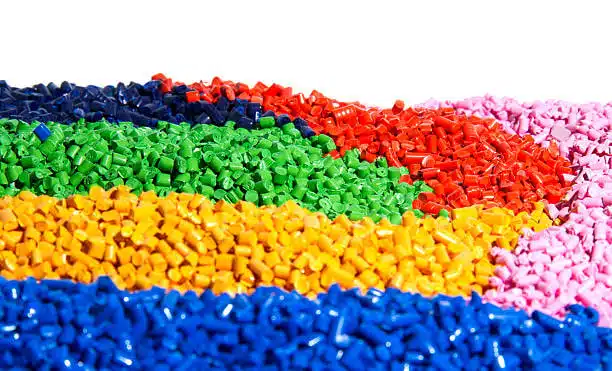ABS plastic or Acrylonitrile Butadiene Styrene, which is recognized as a safe plastic, originates from the polymerization of three monomers which consist of acrylonitrile butadiene and styrene. Manufacturers achieve different ABS properties, including durability abs and favorable mechanical properties, by controlling the proportions of the acrylonitrile butadiene styrene components, which make it suitable for food packaging, , thus minimizing health risks .
The granular resin composition of ABS appears as ivory-colored and odorless and non-toxic material, showcasing its desirable properties . ABS took shape as PS’s structural improvement before gaining recognition through its remarkable strength together with durability and strong physical structure, unlike other harmful chemicals . The extensive growth of this material led to its production volume reaching a similar level as PS.
ABS evolved from engineering plastic status to achieve general-purpose plastic status because its diverse characteristics, which also reduce health risks, now allow it to support various industrial applications, and many manufacturers have adopted this material .
The Chemical Composition of ABS: What’s Inside?
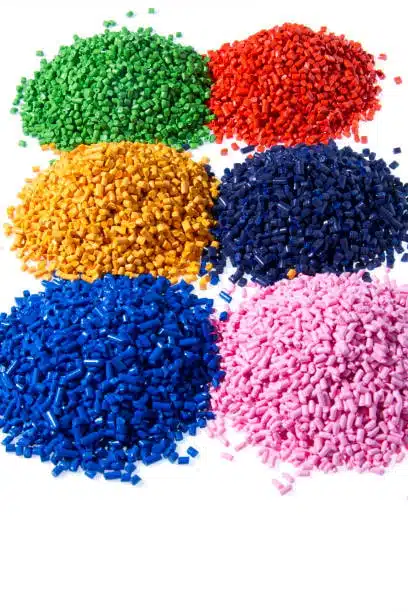
The molecular structure of Types of ABS contains three different monomer units which create specific features in the material, ensuring that ABS is not considered abs toxic .
- Acrylonitrile fortifies resistance to both chemicals along with high temperatures.
- Butadiene functions as a component which delivers toughness combined with impact strength to ABS.
- Styrene provides both rigid properties and surface gloss features to ABS and also enables excellent electrical insulation performance.
The chemical notion that unites ABS allows it to demonstrate remarkable strength while maintaining toughness and mechanical properties, offering attractive appearances and notable impact resistance . ABS shows excellent suitability for numerous applications since it exhibits beneficial properties which support the manufacturing of electronic housings and automotive components as well as sustainable materials .
The absence of heavy metals together with BPA and phthalates in most abs plastic creates a safer selection versus other plastic alternatives, minimizing potential health hazards .
How Is ABS Plastic Manufactured?
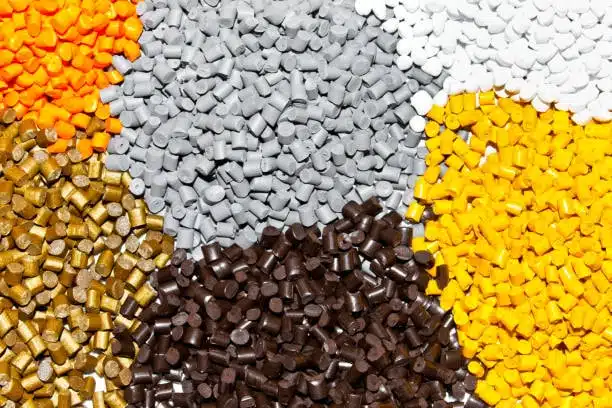
The production of ABS plastic requires either emulsion or mass polymerization methods for its manufacturing process. Heat application makes ABS a moldable material because these methods create stable thermoplastic resin which allows multiple reprocessing or reshaping loops.
There exist two major processing techniques which are:
1. Injection Molding:
ABS serves as a vital material for injection molding operations to generate strong and economical functional parts of precise dimensions, adhering to strict safety standards . The automotive industry and consumer goods manufacturers together with electronics producers make widespread use of this processing technique for various products including household items .
2. 3D Printing (FDM/FFF):
Before FDM 3D printing, which involves abs printing, emerged, ABS served as one of the initial thermoplastics which the technology adopted. When ABS is used as abs filament, its ability to maintain its structural integrity during the printing process at higher printing temperature and high temperatures attracts makers because of its excellent mechanical strength, but respiratory hazards can impact the respiratory system from abs fumes from styrene fume emissions during fabrication unless areas are properly ventilated.
The use of indoor well-ventilated printed locations or enclosed hardware with HEPA filtration systems during the printing process represents one method to minimize these emissions.
Is ABS Plastic Safe for Use?
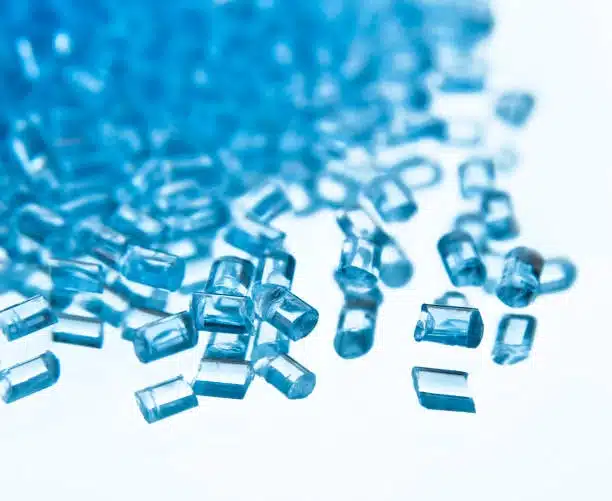
ABS exhibits safety properties that make it suitable for industrial applications together with consumer items like children’s toys, , which are generally considered a priority . This plastic lacks substances categorized as a human carcinogen and endocrine-disrupting substances such as BPA and phthalates so it differs from PVC type materials.
The flammability properties of ABS, including its melting point, need to be recognized by users of this material. ABS reacts to achievable oxygen indexes through 18.2% thus lighting up quickly and creates dark smoke during burn alongside dangerous substances including styrene and butadiene.
Standard usage of ABS necessitates safety measures for high-temperature processes such as 3D printing and incineration which prevents users from inhaling dangerous fumes that may form during these operations.
Key Applications of ABS Plastic: Strength Meets Versatility
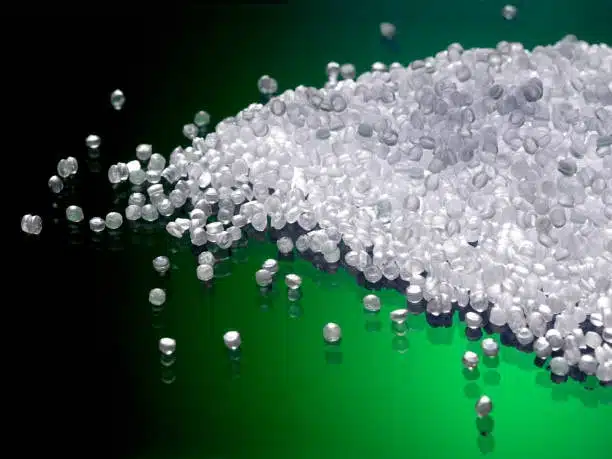
Attention to detail about its varied properties enables widespread use of ABS plastic throughout different industries, making it preferable over other materials .
Automotive Industry
Customers widely choose ABS as their selected material for producing dashboards and interior trims and grilles and bumpers due to its unique advantages . The combination of excellent strength and high heat tolerance and low weight elements boosts vehicle performance and reduces fuel usage.
Electronics and Appliances
Its superior electrical insulation and stable dimensions allow ABS to serve as the ideal material for computer and TV enclosures and remote controls and kitchen appliances.
Consumer Products
ABS meets both functional and aesthetic requirements which lead to long-lasting and visually pleasing consumer products including suitcases musical instruments and kitchenware and protective gear.
ABS in Toy Manufacturing: Is It Safe for Children?
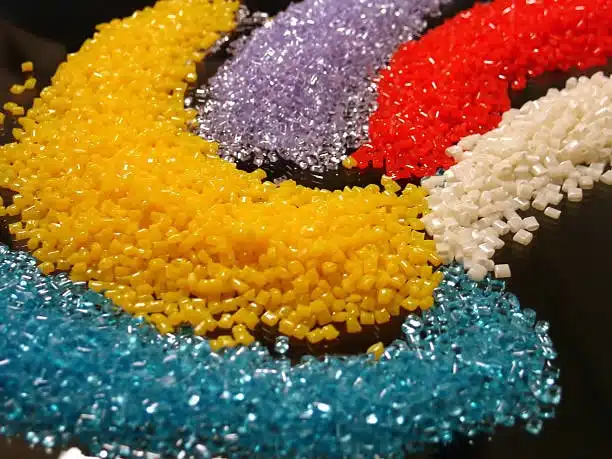
ABS stands out as the most secure plastic choice for toys according to wide industry assessments and is recognized as a popular material . This material is considered abs plastic safe as it has no toxic substances and shows good flexibility under impact while demonstrating durability that makes LEGO bricks popular among premium toy selections.
The non-toxic disposition of ABS together with its capability to fulfill international safety requirements (ASTM F963 and EN 71) provides reassurance to customers in both parent and manufacturing sectors that products are food safe, about product a
ppropriateness for children, confirming it as a safe plastic .
Extensive use of ABS toys does not break their structure nor create choking risks, hence avoiding any health hazards and demonstrating their standing as safe materials for children.
ABS Compared to Other Plastics: A Performance Perspective
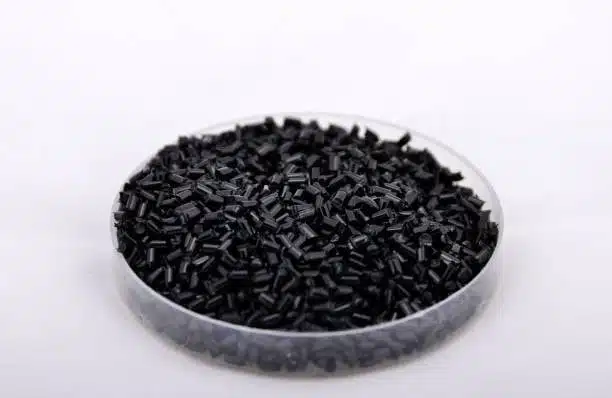
The comparison of ABS as a material reveals its characteristics against regular materials that we frequently encounter.
ABS vs PLA:
The material PLA breaks down through natural processes while manufacturers obtain it from renewable corn starch. As a heat resistant plastic material, ABS demonstrates better durability alongside greater impact resistance and heat resistance, therefore it shows better compatibility with demanding performance needs.
ABS vs PVC:
The production and burning of PVC leads to release of health-hazardous plasticizers and toxic dioxins due to its incorporation of phthalates. ABS demonstrates safer characteristics than general use materials because it presents non-toxic behavior, good impact resistance, and without harmful fumes and effects.
ABS vs Nylon:
Nylon provides excellent heat resistance together with strong tensile strength although it retains more moisture and its recycling process proves difficult. Although ABS provides less heat tolerance than other choices, even in its raw form it remains superior for user convenience alongside its ability to re-cycle and superior setback capabilities.
Environmental Considerations: Is ABS a Sustainable Choice?
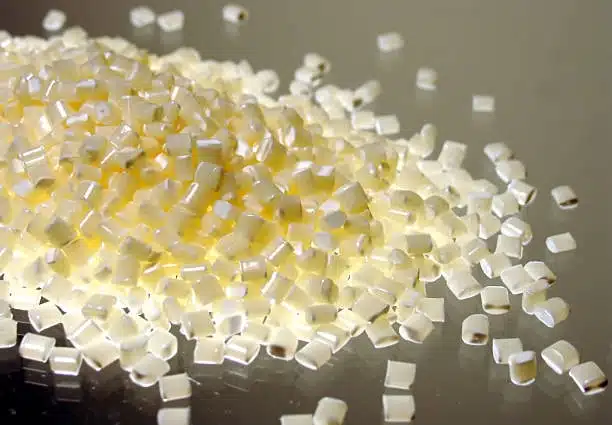
The numerous advantages of ABS come with a pressing environmental issue that needs further attention, especially in comparison to natural materials .
- Companies derive ABS from petroleum but this material lacks biodegradability thus it remains in the environment long term when disposed of incorrectly.
- When viewed through an incineration process ABS releases volatile organic compounds that include styrene and butadiene and subsequently generates air pollution hazards.
- The recyclability of ABS exists although many recycling facilities decline its acceptance and public understanding of proper disposal remains low.
Manufacturers promote sustainability by exploring bio-based ABS variations while adding higher amounts of transparent abs and post-consumer recycled ABS materials to reduce environmental impact. into their production processes.
ABS and Human Health: Understanding the Risks
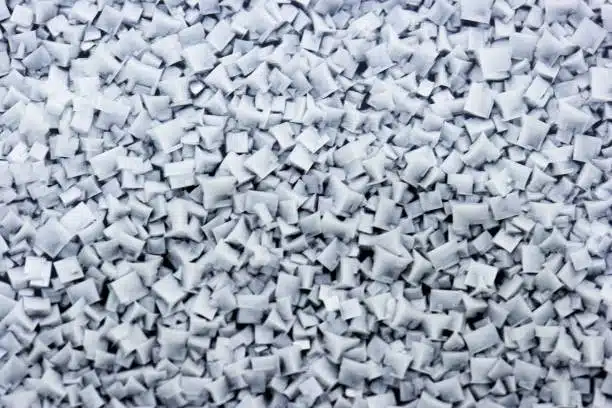
Under everyday conditions, ABS poses minimal risk to human health. ISH Consumption does not endanger food or beverages because it remains safe at standard environmental temperatures.
The fumes emitted during melting in the context of 3D printing or industrial processing may result in eye and throat and lung irritation upon inhaling significant amounts. Thus, workplace safety guidelines recommend working in well ventilated areas to minimize risk :
- Proper ventilation systems
- Enclosed 3D printer setups
- Personal protective equipment (PPE)
ABS serves as a reliable and safe material when utilized properly for human contact needs, including applications in 3d printing s abs filament making it the right material for many applications. , including applications in drug delivery systems .
Regulations and Certifications: Ensuring ABS Safety
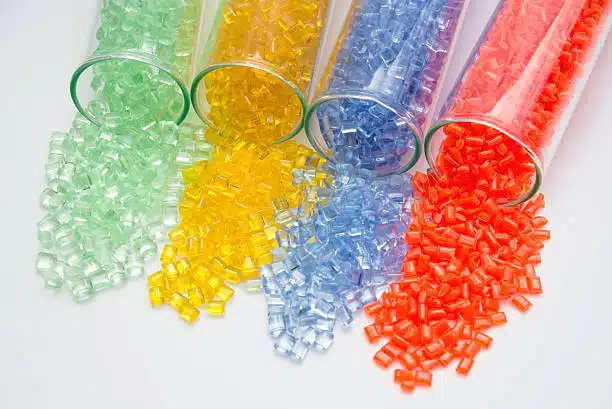
Different international regulations and standards govern ABS plastic throughout its multiple applications to guarantee safety.
- ASTM F963 (USA) and EN 71 (EU) for toy safety
- FDA-compliance for food-contact grades of ABS
- RoHS and REACH certifications for electronic and consumer products
- UL ratings for flammability and electrical safety
Users along with manufacturers need to select certified ABS products since these products meet all safety thresholds along with health and environmental requirements.
Conclusion
The typical usage environment makes ABS plastic a material people can trust for safety purposes. The non-toxic structure combined with noble mechanical aspects enables ABS to function effectively in household gadgets as well as automotive parts and also serves in children’s toys.The environmental issues linked to ABS plastic can be addressed by using the material correctly and by exercising proper waste management including collection and reprocessing. The adherence to security standards enables ABS to maintain its position as a secure reliable product which serves various applications while also addressing air quality cancer. ABS establishes itself as a practical and secure solution for quality-conscious applications when people manage it properly in our present world.
In addition to its robust performance and safety profile, ABS plastic also supports innovation in design due to its ease of processing and excellent surface finish. It allows the manufacturers to make complex shapes and intricate parts while remaining attractive and robust. Moreover, it’s compatible with the use of different manufacturing techniques such as injection molding and 3D printing, which will ensure its use in different industries.
At the same time, research continues as the demand for sustainable materials increases to develop more recyclable ABS, and focus on possible BioSource alternatives with properties similar to the standard ABS. The goal is to reinforce ABS plastic’s capability as not just a sure thing, but also to take on a role as a part of a more sustainable production ecosystem.

